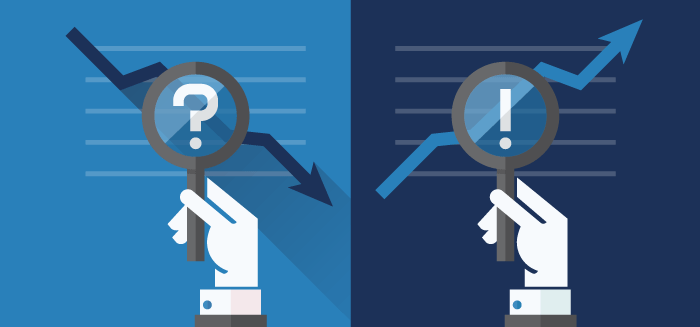How To Create Successful And Smart Rolling Forecast For Your Company?
The world is changing at a fast pace. It is not enough for a business to have set a goal in the beginning and work for it all year round. Static budgets and goals can prove to be insufficient in planning the success of a business.
Business finance, development, technology, operations etc all need constant evolvement to be able to meet the demands of the evolving market. And in this race the smart rolling forecast serves as the appropriate measure helping in designing better business decisions for real time achievement of goals.
Define your end goal
To begin with smart rolling forecasts an end goal needs to be defined. Start by quantifying your objectives and updating it on the TMS system for better understanding of the goals. This will serve as a base to gain operational and financial efficiency.
 Set up time horizon
Set up time horizon
A goal needs to have a specific time and the extendable period that can be positive enough for achievement of the designed goals. Having a time horizon provides forecast designing to be accurate for periodical achievements too. This will help in detailing the short term and long term goals.
Details of the forecast
It really depends on the entrepreneurs of how detailed they want their forecasts to be. Some want detailed understanding to improve cost, effort, time, and goal efficiency while others just need an overview. Define the details you need in your forecast.
Quantify and qualify goals
Rather than just the account segments concentrate on defining the business dimensions and quality of goals to be achieved. Strategic leaders create authority and responsibility, quality goals and product check as standards to achieve the best of goals. This helps achieve the standard of the business while also helping achieve the dedicated numbering goals.
Establish unforeseen scenarios
The command ‘What If’ helps the TMS system analyze on the current trends and unforeseen scenarios to achieve goals despite the hardships faced. Here the forecasts include the contingencies of the unknown in calculating a suitable plan for the organization’s benefit.

Actual performance Vs the forecast
Comparing what is being done to what should be done brings out the deviation that is happening in the organization. It serves as the platform to study the measures which should be undertaken to create operational efficiency. The farther the gap goes the bigger is the deviation from the goals.
Creating a rolling forecast system for a business can take its time but when the definitions are into place it serves as a ready tool to control business activities!


Comments are closed.